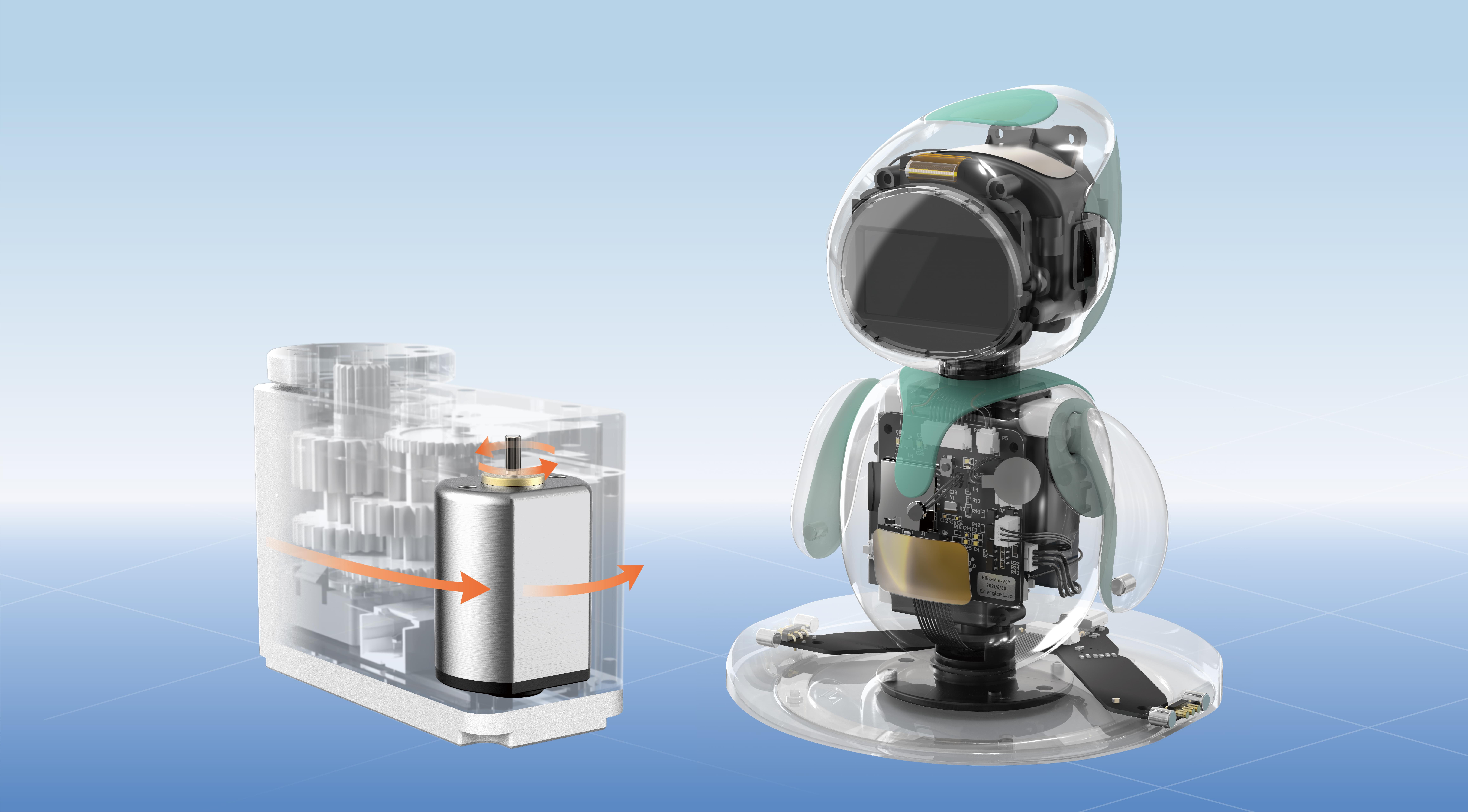Unlocking the Potential of the SG90 Servo Motor with Arduino Uno
Imagine a world where you can animate your ideas—robots that wave hello, camera gimbals that follow your every move, or automated curtains that open at your command. All of this is possible thanks to humble yet mighty components like the SG90 servo motor and versatile microcontrollers such as the Arduino Uno. If you're venturing into the realm of DIY electronics, mastering how to control a servo motor with Arduino is a key stepping stone.

The SG90 servo motor, often labeled as a “micro servo,” packs a surprising amount of functionality into a tiny package. Its compact size, affordability, and reliability have made it a favorite among hobbyists, educators, and tinkerers alike. Typically measuring around 23mm x 12mm x 29mm, this servo can rotate approximately 180 degrees—that’s half a turn in either direction—making it ideal for robotic arms, steering mechanisms, or any project that needs precise angular movement.
But what does it take to harness this little marvel? How do you translate your ideas into actual movements using the Arduino Uno? That's exactly what we're here to explore.
Why the SG90 Servo Is the Perfect Starting Point
The SG90 servo's popularity isn't just about its size and cost. It offers a great balance between performance and simplicity. It features a 9g weight and an in-built gear train, providing enough torque and precision for most hobby projects. Its control circuitry expects a PWM (Pulse Width Modulation) signal—meaning you can tell it to rotate to a specific angle by sending a corresponding pulse.
This is where Arduino comes in. The Arduino Uno, with its straightforward programming environment and readily accessible pins, acts as the brain of your project. It can generate the PWM signals needed to command the servo, creating a seamless link between your code and the physical world.
The Essential Hardware You’ll Need
Here’s a quick shopping list for your servo project:
Arduino Uno: The central microcontroller board that provides the computing power. SG90 Servo Motor: The component responsible for motion. Power Supply: Typically, the Arduino’s 5V pin can power the servo, but for larger projects or multiple servos, an external power source is recommended. Jumper Wires: For making the connections between the Arduino and the servo. Breadboard (optional): For prototyping and easier wiring management. Resistors (if needed): Not mandatory for basic setups but useful for signal conditioning.
Connecting the SG90 Servo to Arduino Uno
Getting your hardware set up correctly is crucial for smooth operation. Follow this step-by-step guide:
Identify the servo wires: Usually, the SG90 has three wires: Red: Power +5V Black or Brown: Ground Yellow, Orange, or White: Signal (PWM control)
Connect the power wire: Attach the red wire to the Arduino 5V pin.
Connect the ground wire: Attach the black/brown wire to one of the Arduino GND pins.
Connect the signal wire: Attach the yellow/orange/white wire to digital pin 9 (or any PWM-capable pin) on the Arduino Uno.
Power considerations: If controlling multiple servos or a high-torque model, consider providing an external power source connected to the servo's power and ground, ensuring the Arduino ground is common.
The Basics of Arduino Code for Servo Control
Once your hardware is wired, writing the code to control the servo becomes straightforward, thanks to the Arduino IDE and dedicated Servo library. This library abstracts much of the PWM signal generation, letting you command the servo to move to desired angles effortlessly.
Here's a simple code snippet to get your SG90 servo moving:
#include Servo myservo; // create servo object to control a servo void setup() { myservo.attach(9); // attaches the servo on pin 9 } void loop() { for (int pos = 0; pos <= 180; pos += 1) { // goes from 0 degrees to 180 degrees myservo.write(pos); // tell servo to go to position in variable 'pos' delay(15); // waits 15ms for the servo to reach the position } for (int pos = 180; pos >= 0; pos -= 1) { // goes back from 180 to 0 degrees myservo.write(pos); // tell servo to go to position in 'pos' delay(15); // waits 15ms for the servo to reach the position } }
This simple script makes the servo sweep back and forth continuously. The write() function specifies the angle, and delay() ensures the servo has enough time to reach that position before moving on.
Why Use the Servo Library?
The Servo library makes controlling servo motors simple and reliable. Without it, generating the precise PWM signals would be complex and hardware-specific. With Servo.h, you can focus on your project logic—whether it's making a robotic arm, a camera slider, or an automated pet feeder—without getting bogged down by low-level signal details.
Tuning Your Servo’s Performance
While the default code works in most cases, some servos respond better at different pulse widths. The standard pulse duration for 0° might be around 1ms (millisecond) and 2ms for 180°, with the Arduino's library handling that internally. But if your servo isn’t working smoothly or hits limits, consider adding a calibration step. This involves adjusting the write() values or the delays to match your specific servo's characteristics.
Troubleshooting Common Issues
Servo doesn’t move: Ensure connections are solid, power supply is adequate, and the correct pins are used. jittery movement: Check power stability. Servos are sensitive to voltage dips. Servo moves unpredictably: Remove any noisy signals or conflicting code, and verify the servo's range.
By now, you’re well on your way to controlling SG90 servo motors with your Arduino Uno, opening up countless creative projects. Next, we'll delve into more complex control schemes—adding sensors, creating feedback loops, and even automating movements based on real-world data. Stay tuned for part two!
Kpower has delivered professional drive system solutions to over 500 enterprise clients globally with products covering various fields such as Smart Home Systems, Automatic Electronics, Robotics, Precision Agriculture, Drones, and Industrial Automation.




































